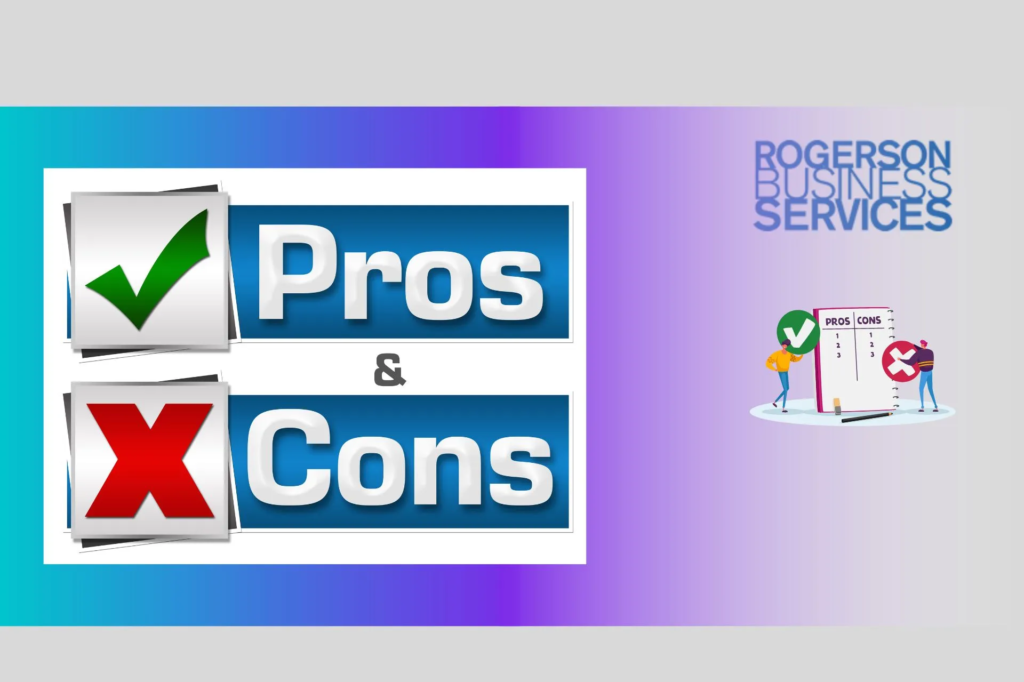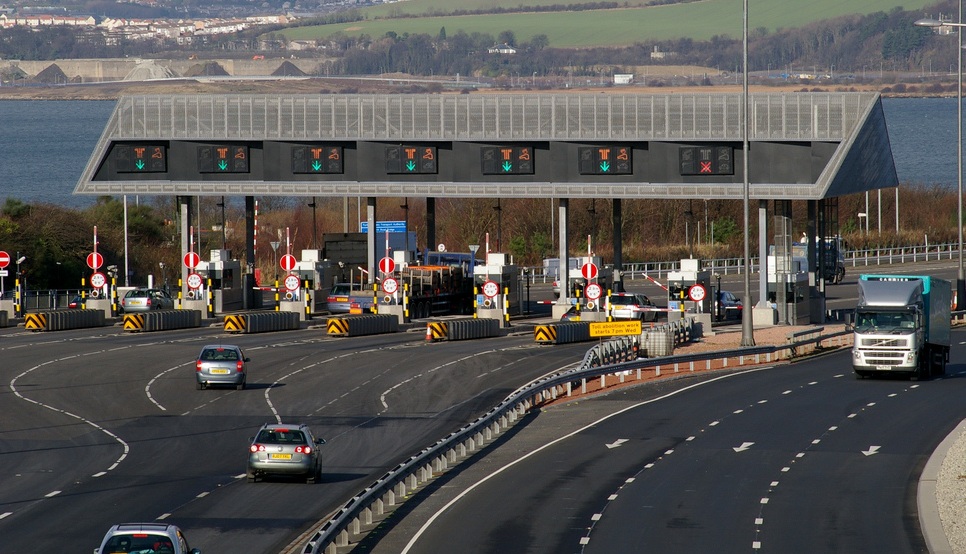Toll roads have been a part of transportation infrastructure for centuries, dating back to ancient civilizations such as the Roman Empire. These roads were built and maintained by tolls collected from travelers, providing a source of revenue for the government and ensuring the upkeep of the roads. Today, toll roads are still prevalent in many countries around the world, but with modern technology and advancements, they have become more complex and controversial. In this blog post, we will delve into the true cost of toll roads, exploring the benefits and pitfalls of toll-free numbers, navigating toll systems, the economic impact of tolls, avoidance strategies, technology advancements, fraud and abuse, alternatives, marketing, and the future of tolling.
Understanding Toll-Free Numbers: Benefits and Pitfalls
Toll-free numbers, also known as 1-800 numbers, are telephone numbers that allow callers to reach businesses or individuals without being charged for the call. These numbers are typically used for customer service or sales purposes, allowing customers to contact companies free of charge. While toll-free numbers may seem like a convenient and beneficial service, there are also some pitfalls to consider.
Benefits of Toll-Free Numbers
One of the main benefits of toll-free numbers is that they provide a way for customers to contact businesses without incurring any charges. This can be especially useful for customers who need assistance or have inquiries about products or services. Toll-free numbers also give businesses a professional image, as they are often associated with larger and more established companies. Additionally, toll-free numbers can be easily customized with vanity numbers, making them easier for customers to remember.
Another advantage of toll-free numbers is that they can be routed to any phone number, including mobile phones, landlines, or even international numbers. This allows businesses to have a centralized point of contact for their customers, regardless of their location. Toll-free numbers also come with advanced features such as call forwarding, call routing, and voicemail, making it easier for businesses to manage their incoming calls.
Pitfalls of Toll-Free Numbers
While toll-free numbers have many benefits, there are also some pitfalls to consider. One of the main drawbacks is the cost associated with obtaining a toll-free number. Businesses must pay a monthly fee for the number, as well as per-minute charges for incoming calls. This can add up quickly, especially for businesses that receive a high volume of calls.
Another issue with toll-free numbers is that they can be easily abused by scammers and telemarketers. These individuals can obtain toll-free numbers and use them to make unsolicited calls, causing annoyance and frustration for customers. This can also damage the reputation of legitimate businesses that use toll-free numbers for their customer service.
Navigating Toll Systems: A Comprehensive Guide
Toll systems are used to collect fees from drivers who use toll roads, bridges, or tunnels. These systems vary in complexity and can include manual toll booths, electronic toll collection, and even satellite-based systems. Navigating these systems can be confusing and overwhelming, but understanding how they work can help drivers save time and money.
Types of Toll Systems
There are several types of toll systems used around the world, each with its own advantages and disadvantages. The most common type is manual toll collection, where drivers stop at a toll booth and pay the toll in cash. This system is simple and straightforward, but it can cause traffic congestion and delays, especially during peak hours.
Electronic toll collection (ETC) is another popular system, where drivers use a transponder attached to their vehicle to pay the toll electronically. This system is more efficient and reduces traffic congestion, but it requires drivers to have a transponder and maintain a prepaid account. ETC systems can also include video tolling, where cameras capture the license plate of the vehicle and the toll is charged to the registered owner.
Satellite-based systems, such as GPS tolling, use satellites to track a vehicle’s location and charge tolls accordingly. This system is still in its early stages of development and has not been widely implemented yet.
Tips for Navigating Toll Systems
Navigating toll systems can be challenging, especially for drivers who are unfamiliar with the area or the type of toll system being used. Here are some tips to help make the process smoother:
- Plan ahead: Before embarking on a trip, research the toll roads and bridges you will encounter and familiarize yourself with the toll rates and payment methods.
- Use electronic toll collection: If possible, sign up for an electronic toll collection account to avoid having to stop at toll booths and pay in cash.
- Keep spare change: If using manual toll booths, keep spare change in your car to avoid delays and frustration.
- Avoid peak hours: Try to plan your trip outside of peak hours to avoid heavy traffic and long wait times at toll booths.
- Pay attention to signs: Make sure to pay attention to signs indicating which lanes are for ETC and which are for manual toll collection.
- Check your statements: If using electronic toll collection, regularly check your account statements to ensure all charges are accurate and dispute any discrepancies.
The Economic Impact of Tolls: Pros and Cons

Tolls have a significant economic impact, both positive and negative. On one hand, they provide a source of revenue for governments and help fund the maintenance and construction of roads and bridges. On the other hand, tolls can also have negative effects on the economy, such as increased costs for businesses and consumers.
Pros of Tolls
The main advantage of tolls is that they generate revenue for governments, allowing them to invest in transportation infrastructure. This can lead to improved road conditions, reduced congestion, and increased safety for drivers. Tolls also provide a dedicated source of funding for specific projects, ensuring that the money collected is used for its intended purpose.
Another benefit of tolls is that they can help reduce traffic congestion. By charging drivers to use certain roads or bridges, tolls can incentivize them to find alternative routes or modes of transportation, reducing the number of vehicles on the road. This can lead to shorter commute times and improved air quality in urban areas.
Cons of Tolls
One of the main drawbacks of tolls is that they can increase the cost of doing business. Companies that rely on transportation, such as trucking and delivery companies, may have to pay higher toll fees, which can ultimately be passed on to consumers through increased prices. This can also affect the competitiveness of businesses, especially those located near toll roads.
Tolls can also have a negative impact on low-income individuals and families. For those who cannot afford to pay tolls, their access to certain areas may be limited, making it more difficult to find employment or access essential services. This can also contribute to income inequality and social exclusion.
Toll Avoidance Strategies: Legitimate and Unwise
With the rising costs of tolls, many drivers are looking for ways to avoid paying them. While some strategies are legitimate and legal, others can result in fines and penalties. It’s important to understand the difference between these strategies to make informed decisions when traveling on toll roads.
Legitimate Toll Avoidance Strategies
One of the most common legitimate strategies for avoiding tolls is to plan your route in advance and choose alternative roads that do not have tolls. This may take longer, but it can save you money in the long run. Another option is to carpool with others, splitting the cost of tolls among multiple passengers.
If you frequently travel on toll roads, it may be worth investing in an electronic toll collection account. These accounts often offer discounts for frequent users, making it a cost-effective option in the long term. Some states also offer toll transponders that can be used in multiple states, providing even more savings.
Unwise Toll Avoidance Strategies
While some strategies for avoiding tolls are legitimate, others are not only unwise but also illegal. These include:
- Using fake or stolen license plates to avoid being charged for tolls.
- Tampering with or removing your license plate to avoid being identified by toll cameras.
- Driving through ETC lanes without a transponder and hoping to avoid detection.
- Refusing to pay tolls and ignoring fines and penalties.
Not only are these strategies unethical, but they can also result in hefty fines and even criminal charges. It’s important to follow the rules and regulations of toll systems to avoid any legal consequences.
Toll Technology Advancements: Streamlining Collection
Technology has played a significant role in the evolution of toll systems, making them more efficient and convenient for drivers. From electronic toll collection to satellite-based systems, advancements in technology have streamlined toll collection and improved the overall experience for drivers.
Electronic Toll Collection (ETC)
Electronic toll collection is one of the most significant advancements in toll technology. This system uses a transponder attached to a vehicle’s windshield to communicate with sensors at toll plazas. When a vehicle passes through a toll plaza, the sensor reads the transponder and automatically deducts the toll from the driver’s prepaid account.
ETC systems have significantly reduced traffic congestion at toll plazas, as drivers no longer have to stop and pay in cash. They have also made toll collection more efficient and accurate, reducing the need for manual toll booths and the potential for human error.
Video Tolling
Video tolling is another technological advancement in toll systems, where cameras capture the license plate of a vehicle and charge the toll to the registered owner. This system is often used in conjunction with ETC, providing an alternative for drivers who do not have a transponder or have insufficient funds in their account.
Video tolling has made it easier for drivers to use toll roads without having to worry about carrying cash or maintaining a prepaid account. It has also reduced the number of toll violations and disputes, as the license plate is used to identify the vehicle and charge the toll accordingly.
Satellite-Based Systems
Satellite-based systems, such as GPS tolling, are still in the early stages of development but have the potential to revolutionize toll collection. These systems use satellites to track a vehicle’s location and charge tolls based on the distance traveled. This eliminates the need for toll plazas and transponders, making it a more seamless and convenient option for drivers.
While satellite-based systems are not widely implemented yet, they have the potential to reduce traffic congestion, improve accuracy, and provide a more efficient way of collecting tolls.
Toll Fraud and Abuse: Detection and Prevention

With the increasing use of electronic toll collection and video tolling, there has been a rise in toll fraud and abuse. This can include individuals using fake or stolen license plates to avoid paying tolls, tampering with transponders, or simply refusing to pay tolls and ignoring fines and penalties. Toll authorities have implemented various measures to detect and prevent toll fraud and abuse, but it remains a significant issue.
Detection of Toll Fraud and Abuse
Toll authorities use various methods to detect toll fraud and abuse, including:
- License plate recognition technology: This technology uses cameras to capture images of license plates and compare them to a database of registered vehicles. If a match is found, the toll is charged to the registered owner.
- Audits and investigations: Toll authorities may conduct audits and investigations to identify patterns of toll fraud and abuse and take appropriate action.
- Fines and penalties: Drivers who refuse to pay tolls or engage in fraudulent activities may face fines and penalties, which can act as a deterrent.
Prevention of Toll Fraud and Abuse
To prevent toll fraud and abuse, toll authorities have implemented measures such as:
- License plate registration: In some states, drivers must register their license plates with the toll authority to use electronic toll collection. This ensures that the toll is charged to the correct vehicle.
- Transponder security: Toll authorities have improved the security of transponders to prevent tampering and misuse.
- Increased surveillance: Toll plazas and roads are often monitored by cameras to deter fraudulent activities and identify offenders.
Toll-Free Alternatives: Exploring Cost-Effective Options
While toll-free numbers have been the go-to option for businesses looking to provide a free point of contact for customers, there are also alternative options available. These alternatives can be more cost-effective and provide additional features and benefits.
Virtual Phone Numbers
Virtual phone numbers, also known as VoIP (Voice over Internet Protocol) numbers, are an increasingly popular alternative to toll-free numbers. These numbers are not tied to a specific geographic location and can be used anywhere in the world. They also come with advanced features such as call forwarding, voicemail, and call routing, making them a versatile and cost-effective option for businesses.
One of the main advantages of virtual phone numbers is that they are significantly cheaper than toll-free numbers. Businesses can choose from a variety of plans and pricing options, making it easier to find a plan that fits their budget. Virtual phone numbers also offer flexibility, as businesses can easily add or remove numbers as needed, without any additional costs.
Social Media and Live Chat
With the rise of social media and messaging apps, many businesses are now using these platforms as a way to communicate with customers. Platforms such as Facebook Messenger, WhatsApp, and Instagram Direct Messages allow businesses to interact with customers in real-time, providing a free and convenient way to address inquiries and concerns.
Live chat is another popular option for businesses, allowing customers to chat with a representative directly on the company’s website. This can be a cost-effective alternative to toll-free numbers, as it eliminates the need for phone lines and equipment.
Toll-Free Marketing: Maximizing Reach and Engagement
Toll-free numbers have been used for marketing purposes for decades, providing businesses with a way to reach a wider audience and engage with potential customers. While toll-free numbers may still be a useful marketing tool, there are also other options available that can provide even more reach and engagement.
Social Media Advertising
Social media advertising has become an essential part of any marketing strategy, allowing businesses to target specific demographics and reach a larger audience. Platforms such as Facebook, Instagram, and Twitter offer various advertising options, including sponsored posts, ads, and promoted tweets. These options can be more cost-effective than traditional marketing methods, such as TV or radio commercials, and provide businesses with valuable data and insights.
Influencer Marketing
Influencer marketing has gained popularity in recent years, with businesses partnering with social media influencers to promote their products or services. These influencers have a large following on platforms such as Instagram, YouTube, and TikTok, making them a valuable asset for businesses looking to reach a specific audience. Influencers can promote a business through sponsored posts, product reviews, or giveaways, providing a more personal and engaging approach to marketing.
Email Marketing
Email marketing is another cost-effective way for businesses to reach potential customers. By building an email list, businesses can send targeted messages and promotions to individuals who have expressed interest in their products or services. This can be a more direct and personalized approach to marketing, allowing businesses to engage with customers on a one-on-one basis.
The Future of Tolling: Intelligent Systems and Emerging Trends
As technology continues to advance, so does the tolling industry. Intelligent systems and emerging trends are shaping the future of tolling, providing more efficient and convenient ways to collect tolls and manage transportation infrastructure.
Intelligent Tolling Systems
Intelligent tolling systems use advanced technology such as artificial intelligence (AI) and machine learning to improve the tolling experience for drivers. These systems can analyze traffic patterns, predict congestion, and adjust toll rates accordingly. They can also detect and prevent toll fraud and abuse, reducing the need for manual enforcement.
Intelligent tolling systems also have the potential to integrate with other modes of transportation, such as public transit and ride-sharing services. This can provide a more seamless and connected transportation network, making it easier for individuals to travel between different cities and states.
Contactless Payments
With the current COVID-19 pandemic, there has been a shift towards contactless payments in all industries, including tolling. Many toll authorities have implemented contactless payment options, such as mobile apps and online accounts, to reduce the risk of spreading the virus. This trend is likely to continue in the future, as more people become accustomed to using contactless payment methods.
Road Usage Charging
Road usage charging, also known as mileage-based user fees, is an emerging trend in tolling that involves charging drivers based on the distance they travel rather than the number of toll roads they use. This system is still in its early stages of development but has the potential to provide a fairer and more accurate way of collecting tolls. It can also incentivize drivers to use alternative modes of transportation or choose more fuel-efficient vehicles.
Conclusion
Toll roads and toll-free numbers have been a part of our transportation and communication systems for centuries, and they continue to evolve with modern technology and advancements. While tolls may have their benefits and drawbacks, it’s important to understand the true cost of toll roads and explore alternative options that can provide cost-effective and efficient solutions. As we look towards the future, intelligent systems and emerging trends will continue to shape the tolling industry, providing a more seamless and connected experience for drivers.
Read more blogs : Arizona Ranked: A Comprehensive Look at Why Arizona is a Top State in the Nation




